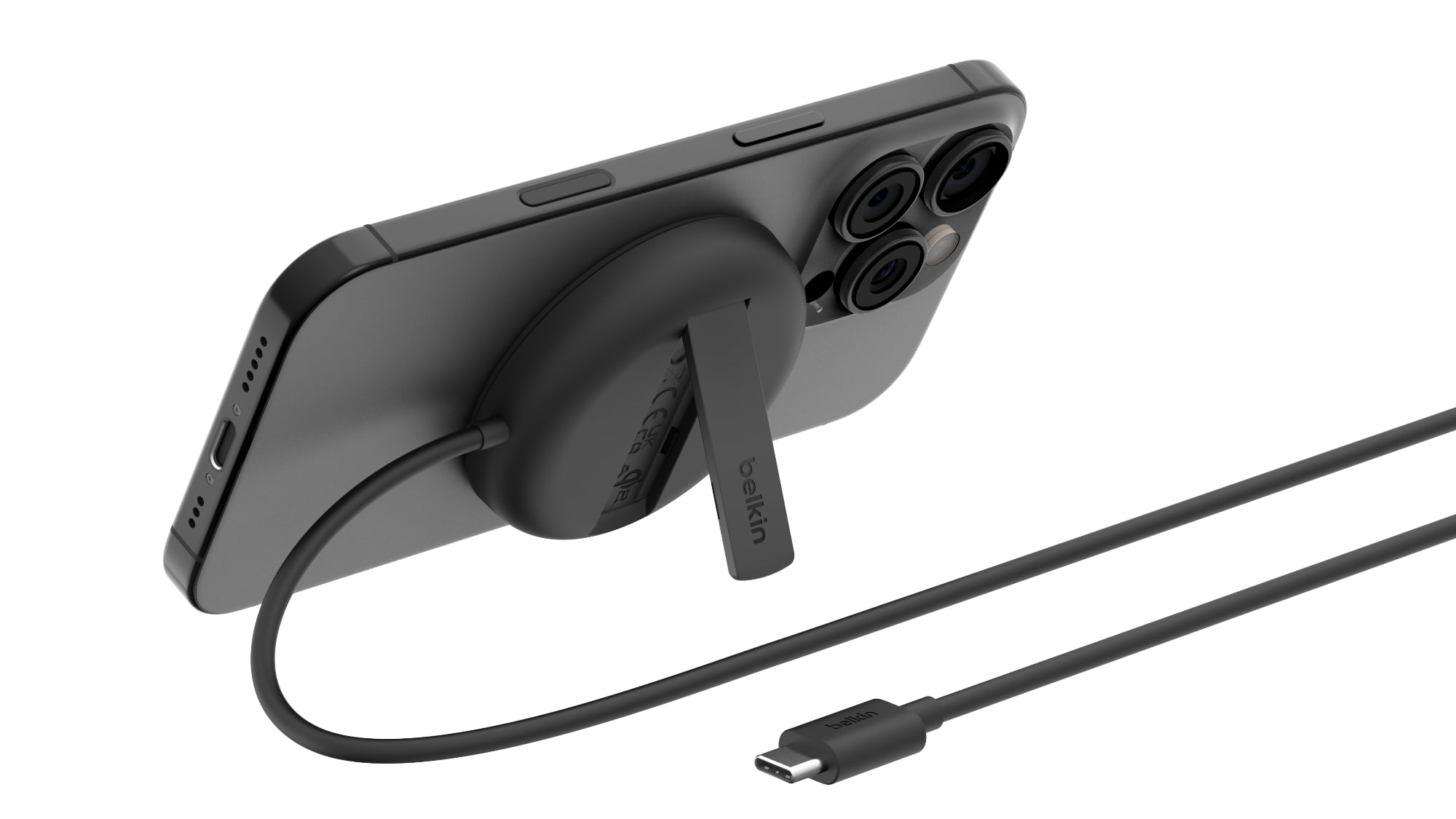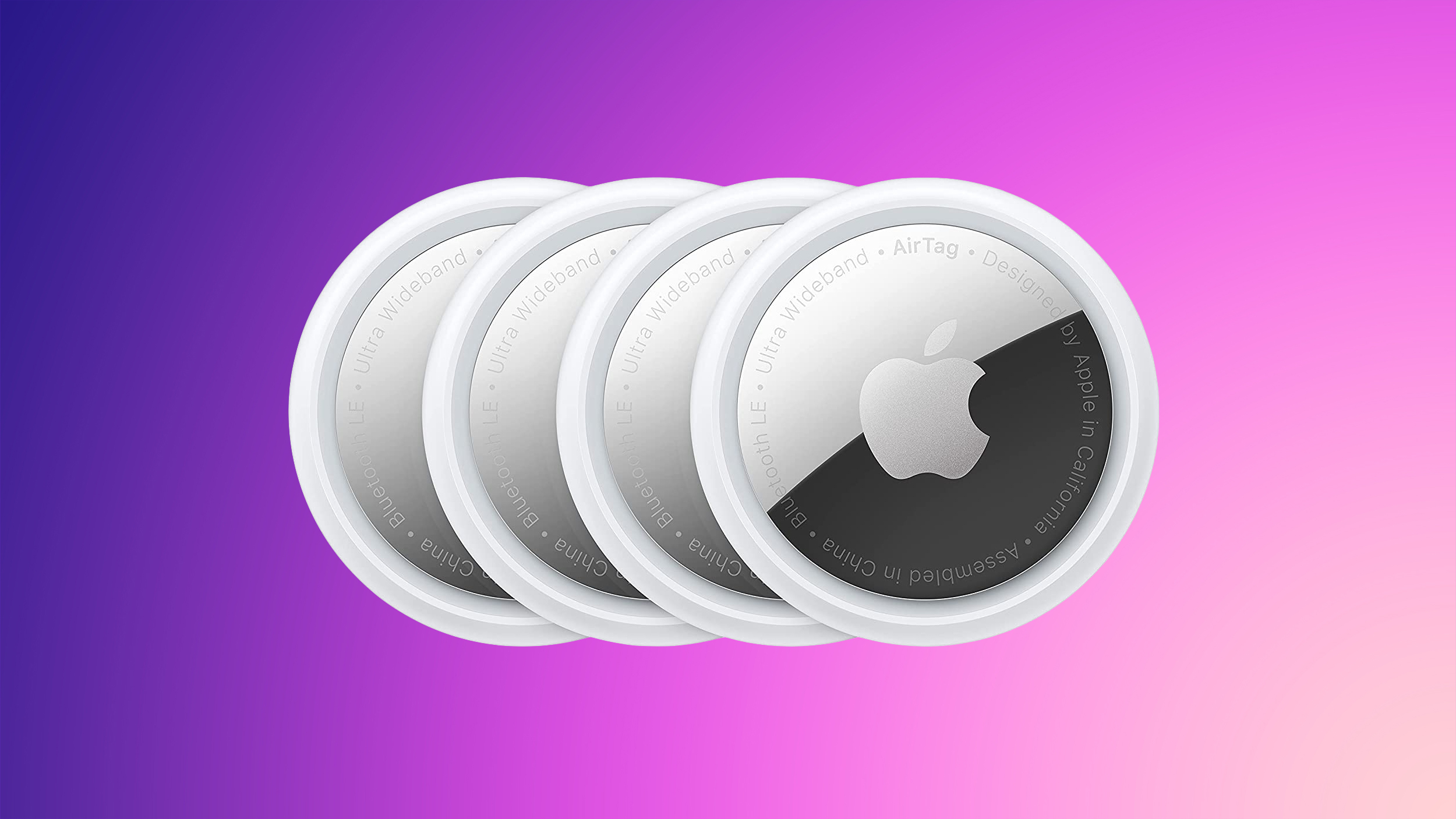Windows 10 X dead: Why can’t Microsoft make a lightweight version of Windows?

Windows 10 X has died. Yet another version of Windows that we never knew.
My issue with this is not that Microsoft has killed it because it realised it wouldn’t be a success – such conviction should be applauded – but that it’s yet another failure to create a lightweight version of Windows.
Such an operating system could have been ideal for tablets and other devices like the Surface Pro X in addition to the confirmed and now delayed Surface Neo.
Over the last decade we’ve also seen Windows RT (basically Windows 8 running on ARM) and Windows 10 S (or Windows 10 in S Mode) launch as well. Both fell away. And then there’s Windows 10 X which – although the same – can be seen as being a Chrome OS equivalent for lightweight, accessible Windows machines with a simplified Star menu app launcher and taskbar.
Apps remain a problem
The key reason Microsoft can’t make a success of these is three-fold in our opinion – firstly, as Microsoft appears to have admitted, there isn’t the appetite for a lightweight version of Windows from potential purchasers. They’re happy with Windows 10 by-and-large and with 1.3 billion active Windows 10 devices out there, there’s an argument not to break what has already been fixed.
Secondly, a lightweight version of Windows, whether RT, 10 S or 10 X can’t be a success without developers developing Microsoft Store apps. Here there’s a problem because Microsoft has constantly failed to engage developers enough with the store, from its struggles with Windows 10, the unconvincing example of its own Skype app on Windows 8 through to now, where it’s simply not possible to rely on the Windows Store entirely.

Thirdly and crucially, Microsoft was so bad at communicating how Windows RT or Windows 10 S were different from the mainstream version of Windows. Microsoft told me at the launch of Windows 8 in 2012 that it would tell customers how it was different from Windows 8.
“We definitely are working hard at retail or at any point of purchase to make sure customers do understand what Windows RT is”. That’s what Windows 8 marketing head Tami Reller told me during an interview at the time.
It failed.
The main problem was that you couldn’t install desktop apps, instead relying on the Microsoft Store which was woefully inadequate at the time.
And it repeated the trick with Windows 10 S (or Windows 10 in S Mode), citing security as the reason but confusing a lot of consumers in the process that then had to struggle to switch their machines out of S Mode and into standard Windows 10.

Indeed, I had a call from a lady I know recently who had this very problem – she had downloaded the Zoom Rooms app from the Store, but that isn’t the same as the standard desktop Zoom client. I had to talk her through the complicated process to upgrade so she could download the desktop app.
So while there are some good reasons that Microsoft has decided to can Windows 10 X, it’s pretty clear to me that it only has itself to blame. With the proper infrastructure and understanding in place, it should have made a success of Windows 10 S, even if Windows RT was a bit before its time.
And with ARM-based PCs now on the rise thanks to Qualcomm’s Windows on Snapdragon and Apple Silicon in particular (as well as the rise of Google’s Chromebooks) the time for Windows 10 X really should have been now.




